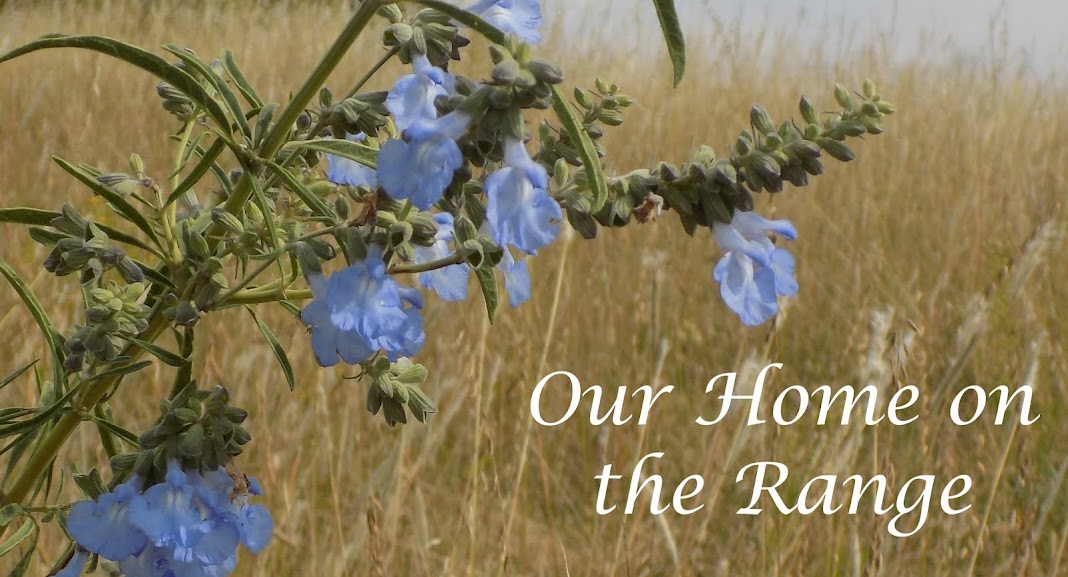by Hugh Lofting
Books of Wonder edition, with very limited text changes
by Patricia C. McKissack and Frederick L. McKissack
by Patricia C. McKissack and Frederick L. McKissack
While familiar with the story of Doctor Dolittle, I don't think I read the book until a few years ago. I was dismayed at the report of an African prince who wanted to turn himself white. When originally published in 1920, this plot point was not seen as an indication that all Africans would prefer to be white or even that white was better. In the foreward, Patricia and Frederick McKissack explain their belief that Lofting:
created the Prince Bumpo episode to show children that sometimes people foolishly try to alter themselves to be more attractive to others.The focus was never intended to be his color but rather on his unnecessary desire to change his appearance at all. Taking into account Lofting's original intention, the McKissacks changed the text:
After careful, considered study, we made changes that were limited to the following: reworking the episode in which the African prince, Bumpo, wishes to become white; deleting two offensive phrases elsewhere in the book; and changing the word country when referring to the continent of Africa.Prince Bumpo no longer wants to change his skin color from brown to white. Instead, he wants to grow a lion's mane. After the hair growth potion works and Prince Bumpo releases Doctor Dolittle, the doctor feels badly:
It was the King, his father, who had us locked up. Bumpo's problem is he doesn't understand there is no need for him to become a lion to be strong and brave. I wonder if I ought to go back and tell him that. But then again, it might be better for him to learn it on his own.Some people may be horrified at a change like this, but I thought this point was deleterious enough that I had decided never to read this book to my children. I had this beautifully illustrated version on our shelf but it sat neglected until First Daughter asked if she could read it. I agreed, but warned her about the prince and we talked a little about how erroneous it is to believe that any skin color (white or brown) is better than any other. She read it and reported to me there wasn't anything about a prince changing his skin color. What a surprise! I hadn't realized this edition was different than the original.
My children hear and read a lot in old books that we would find offensive today and usually we just talk about it and move on, but the idea that lighter skin color is preferable is a pervasive and insidious evil that demeans most of the children on earth. The slight changes in the text of The Story of Doctor Dolittle allow the silly and lighthearted story and the delightful doctor to avoid any taint from such a thought.
Mater Amabilis™ lists this book as a classic read aloud for Level 1B (first grade). I plan on reading this book aloud next year, when my youngest is already in second grade, and I expect it to be a great favorite.

